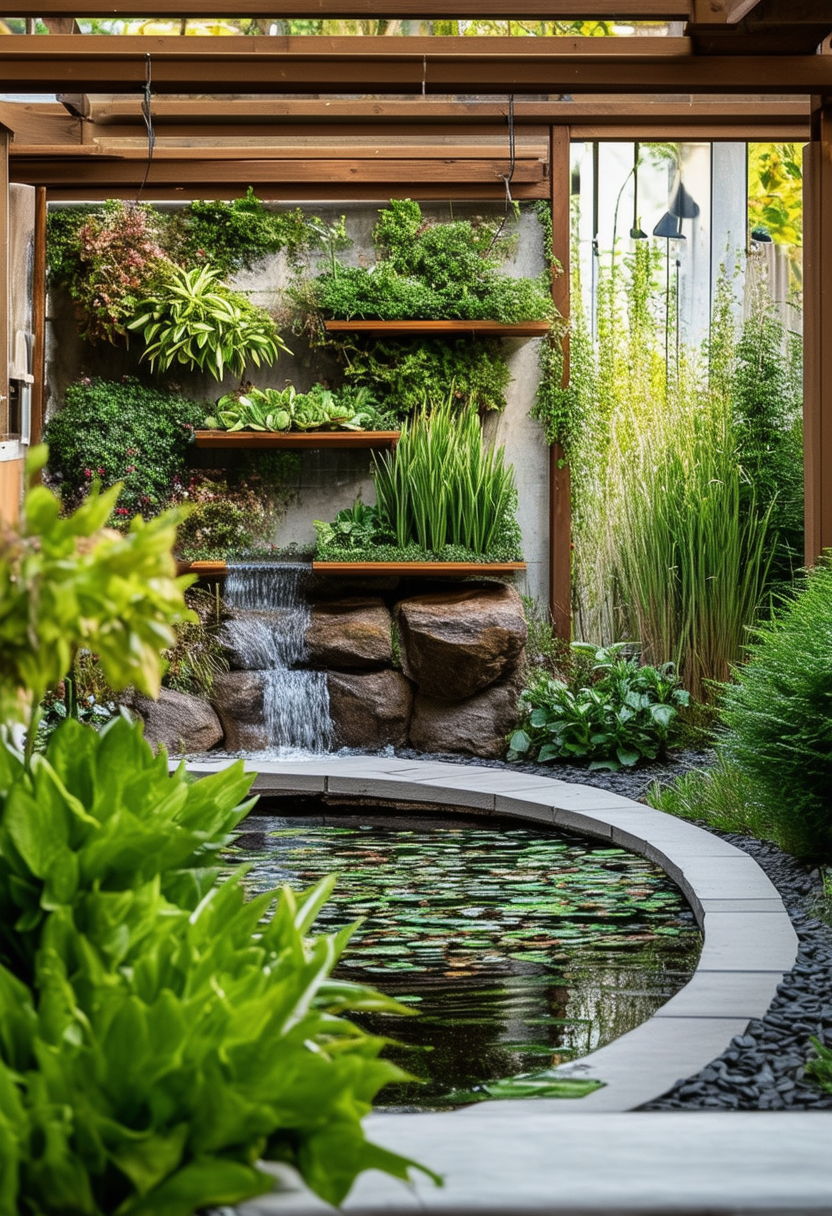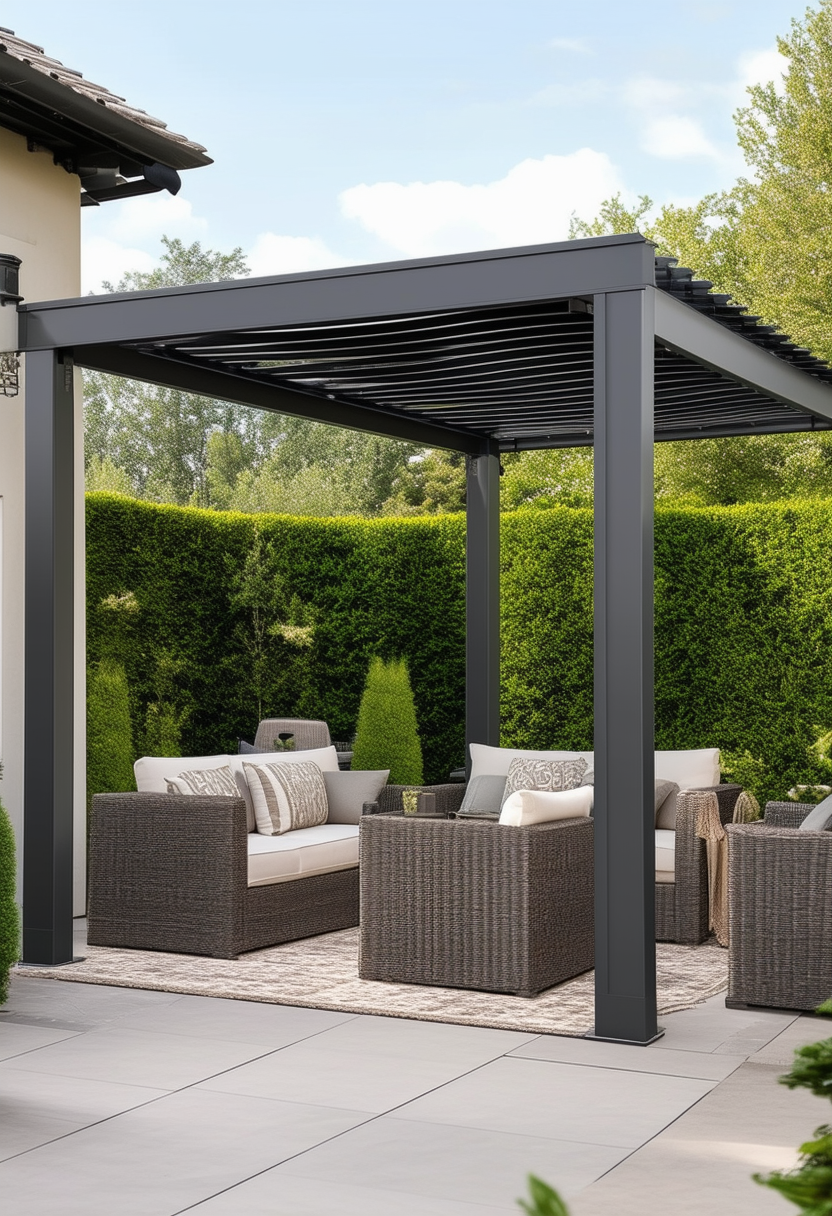Nestled between the cracks of the bustling cityscape, there lies a hidden oasis waiting to be discovered. Join us as we embark on a journey to explore the enchanting world of small garden landscaping – where miniature spaces hold the key to creating a pocket-sized paradise right at your doorstep. Eager to learn the tricks and tips of transforming confined corners into thriving green sanctuaries? Look no further as we delve into the art of mastering the intricate balance of nature and design in a limited landscape.
Table of Contents
- Creating a Tranquil Retreat in Your Small Garden Landscape
- Maximizing Space with Vertical Gardens in Small Garden Landscapes
- Choosing the Right Plants for a Low-Maintenance Small Garden Landscape
- Incorporating Water Features for Serenity in Small Garden Landscapes
- Utilizing Hardscaping Elements to Define Spaces in Small Garden Landscapes
- Bringing Color and Texture to Small Garden Landscapes through Plant Selection
- Designing a Functional Outdoor Living Area in Your Small Garden Landscape
- Enhancing Privacy in Small Garden Landscapes with Strategic Planting
- Achieving Balance and Symmetry in Small Garden Landscape Design
- Implementing Sustainable Practices in Small Garden Landscaping
- Q&A
Creating a Tranquil Retreat in Your Small Garden Landscape
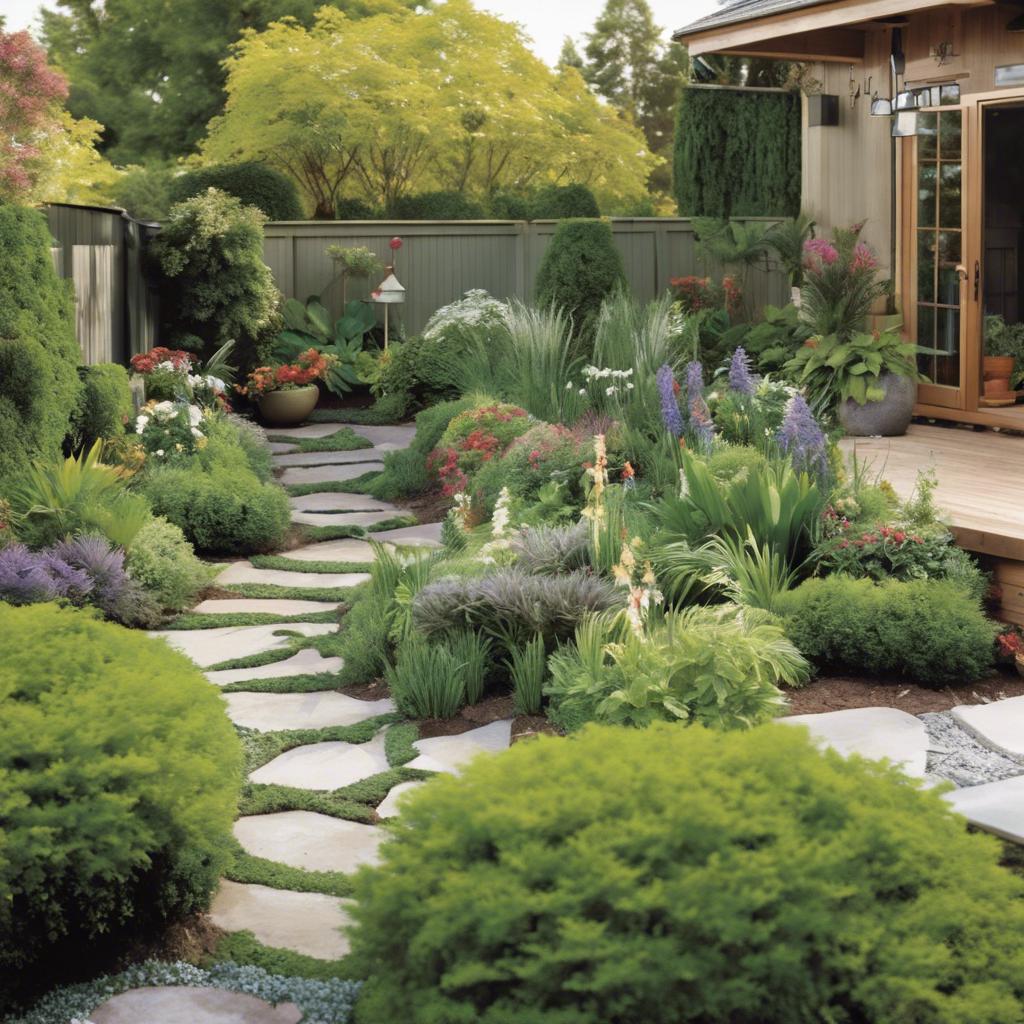
Transforming your small garden into a tranquil retreat is easier than you think. By mastering the art of small garden landscaping, you can create a pocket-sized paradise right outside your door. With a little creativity and strategic planning, you can turn even the tiniest outdoor space into a peaceful oasis.
One key element in creating a tranquil retreat in a small garden is to maximize vertical space. Consider adding trellises, hanging planters, or wall-mounted shelves to make use of every inch of space available. Vertical gardens not only add visual interest but also help create a sense of privacy and seclusion in your outdoor sanctuary.
Another important tip for small garden landscaping is to choose the right plants. Opt for low-maintenance varieties that thrive in small spaces, such as succulents, dwarf shrubs, and ornamental grasses. Incorporate a mix of textures and colors to create visual interest, and don’t be afraid to get creative with plant placement – think hanging baskets, window boxes, and tiered plant stands.
Maximizing Space with Vertical Gardens in Small Garden Landscapes
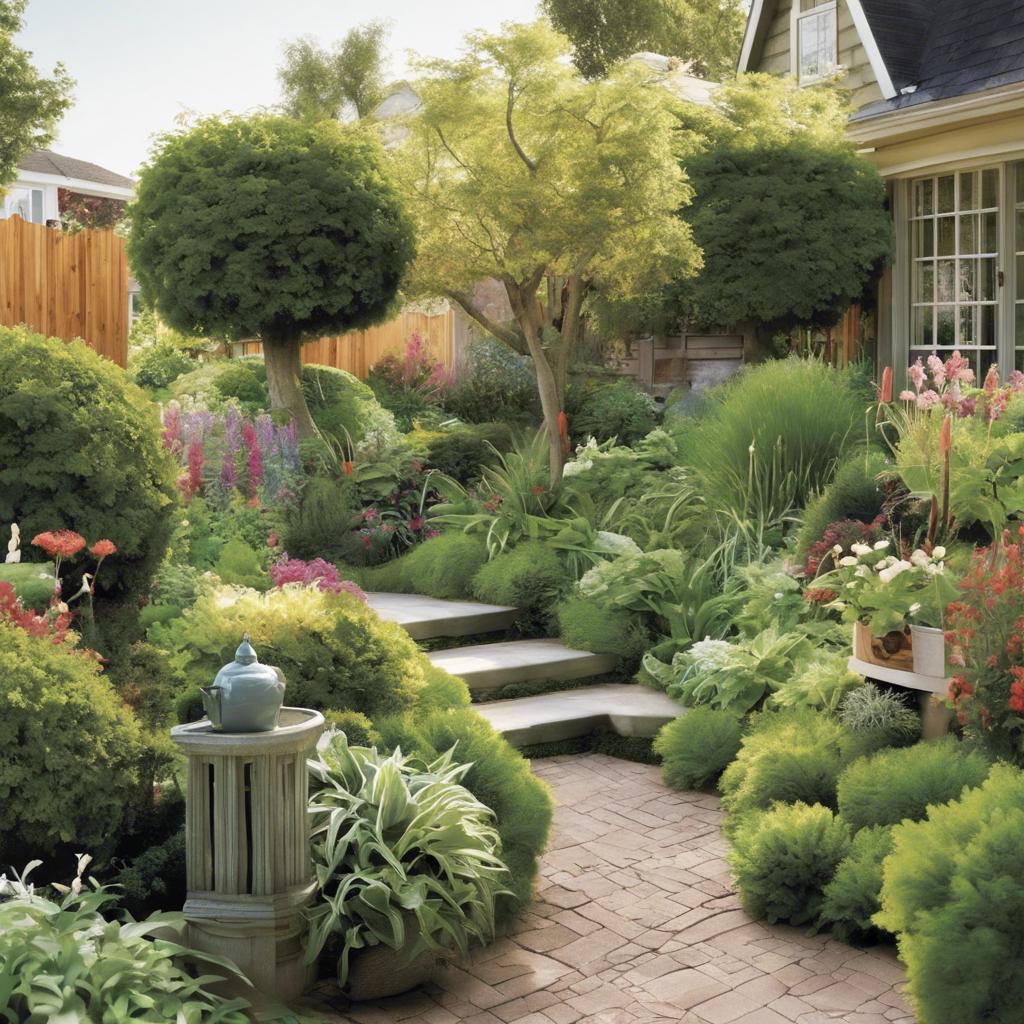
Vertical gardens are a game-changer when it comes to maximizing space in small garden landscapes. By utilizing vertical space, you can create a lush and vibrant oasis even in the tiniest of outdoor areas. One of the key benefits of vertical gardens is that they allow you to grow a wide variety of plants without taking up valuable ground space.
When designing your vertical garden, consider using a mix of trailing plants, climbers, and compact varieties to create a multi-dimensional look. Incorporate hanging planters, trellises, and wall-mounted containers to add depth and interest to your space. You can also combine different plant textures, colors, and heights to create a dynamic and visually appealing display.
Don’t forget to take advantage of vertical structures already present in your small garden landscape, such as fences, walls, and pergolas. These can serve as perfect supports for your vertical garden and help to further maximize your growing space. With a bit of creativity and planning, you can transform even the smallest outdoor area into a pocket-sized paradise that’s teeming with life and beauty.
Choosing the Right Plants for a Low-Maintenance Small Garden Landscape
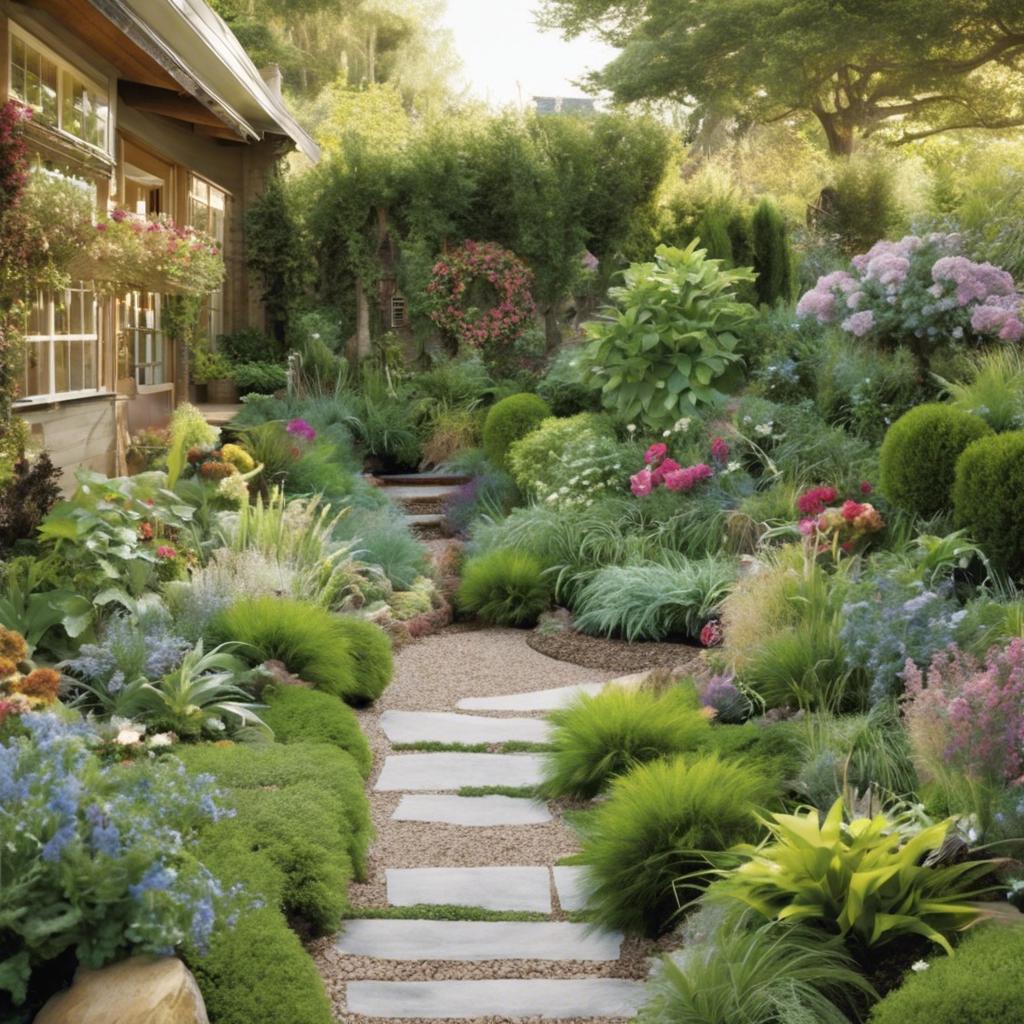
When it comes to creating a small garden landscape that is low-maintenance yet beautiful, choosing the right plants is essential. Opting for plants that require minimal care and attention can help you achieve a pocket-sized paradise without the hassle. Consider the following tips to select the perfect greenery for your small garden:
1. Drought-resistant plants: Succulents, such as aloe vera and jade plants, are excellent choices for small gardens as they require little water and can thrive in dry conditions. These plants not only add a touch of green to your landscape but also provide visual interest with their unique shapes and textures.
2. Evergreen shrubs: Incorporating evergreen shrubs like boxwood or lavender can add structure and year-round color to your small garden without the need for frequent pruning. These plants are not only low-maintenance but also provide a sense of permanence to your landscape.
Incorporating Water Features for Serenity in Small Garden Landscapes
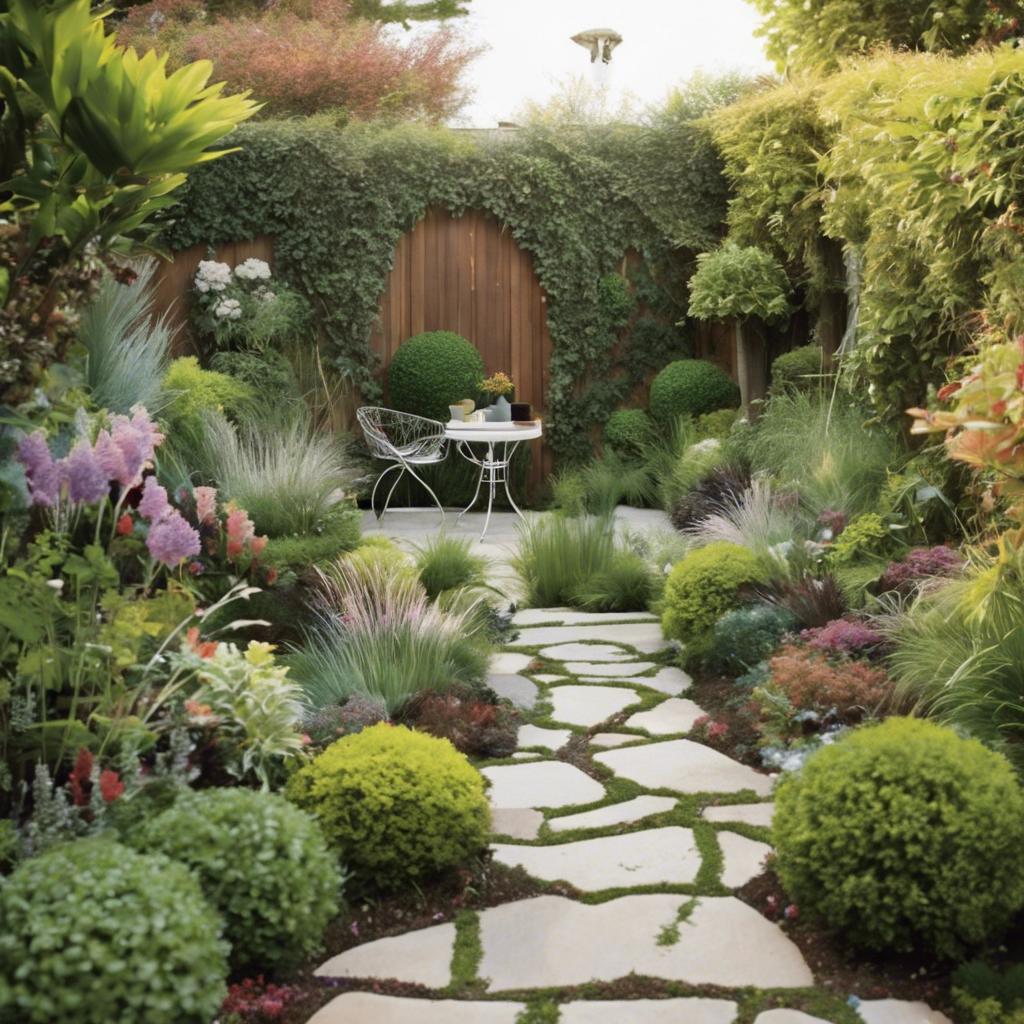
When it comes to small garden landscaping, incorporating water features can bring a sense of serenity and tranquility to your outdoor space. Water features, such as fountains or ponds, can create a focal point in your garden and add a touch of sophistication to even the tiniest of yards.
One way to incorporate water features in a small garden landscape is by installing a miniature pond. This can be as simple as a shallow container filled with water and aquatic plants, or as elaborate as a small, pre-formed pond kit. A miniature pond can attract wildlife and provide a soothing sound of running water, enhancing the overall ambiance of your garden.
Another option for adding water features to a small garden is by installing a wall fountain. Wall fountains are space-saving and can be mounted on a wall or fence, adding a vertical element to your garden design. The sound of water cascading down the fountain can create a calming atmosphere and mask unwanted noise from the surrounding area.
Utilizing Hardscaping Elements to Define Spaces in Small Garden Landscapes
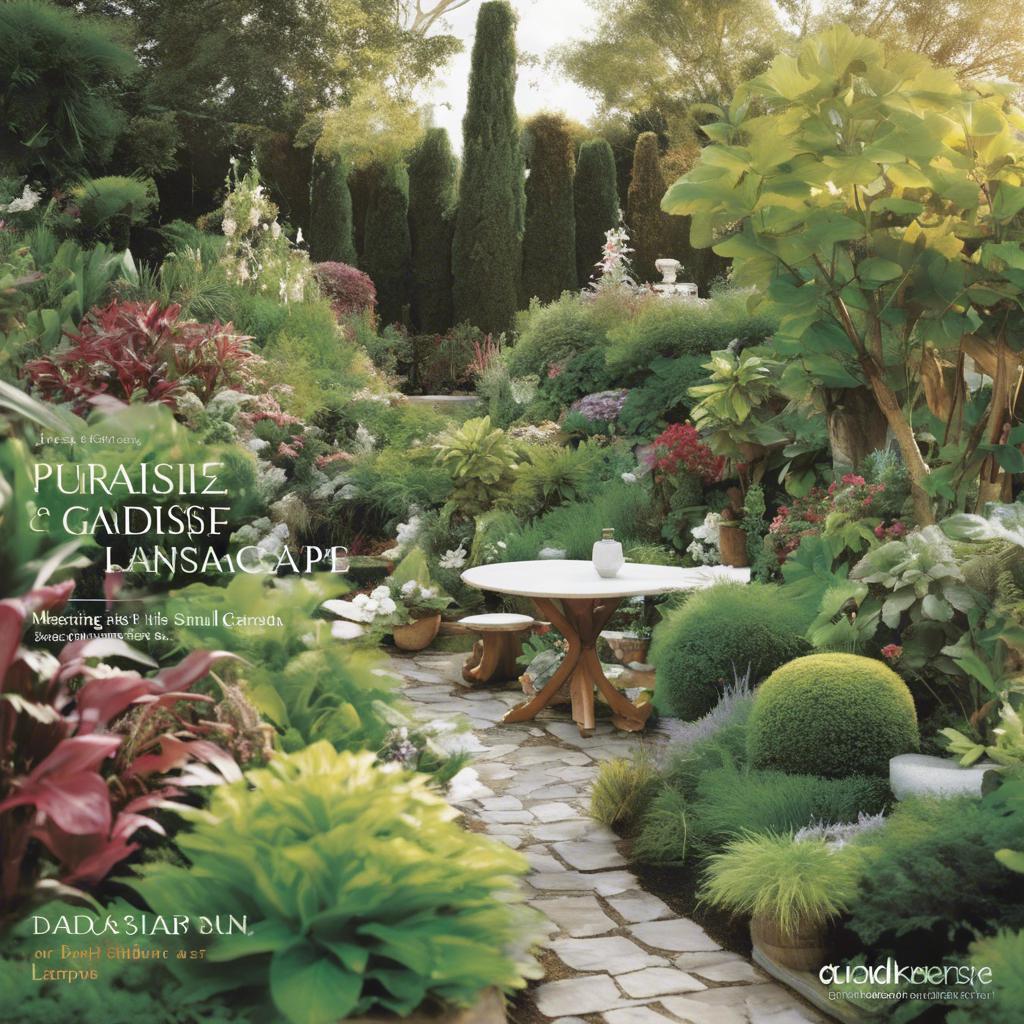
When faced with the challenge of designing a small garden landscape, utilizing hardscaping elements can be the key to creating distinct and functional outdoor spaces. By strategically incorporating features such as pathways, patios, and retaining walls, you can define different areas within your garden while maximizing the available space.
One effective way to define spaces in a small garden is by creating a designated seating area using hardscaping elements. Installing a cozy patio or deck can provide a spot for relaxation or dining, making the most of the limited square footage. Consider adding a pergola or umbrella for shade, and accessorize with outdoor furniture to complete the space.
Another technique for utilizing hardscaping elements in small garden landscapes is to incorporate raised planters or garden beds. By elevating the planting areas, you not only add visual interest but also help to separate different sections of the garden. This can be especially useful if you want to create a vegetable garden, flower bed, or herb garden within your limited space.
Bringing Color and Texture to Small Garden Landscapes through Plant Selection
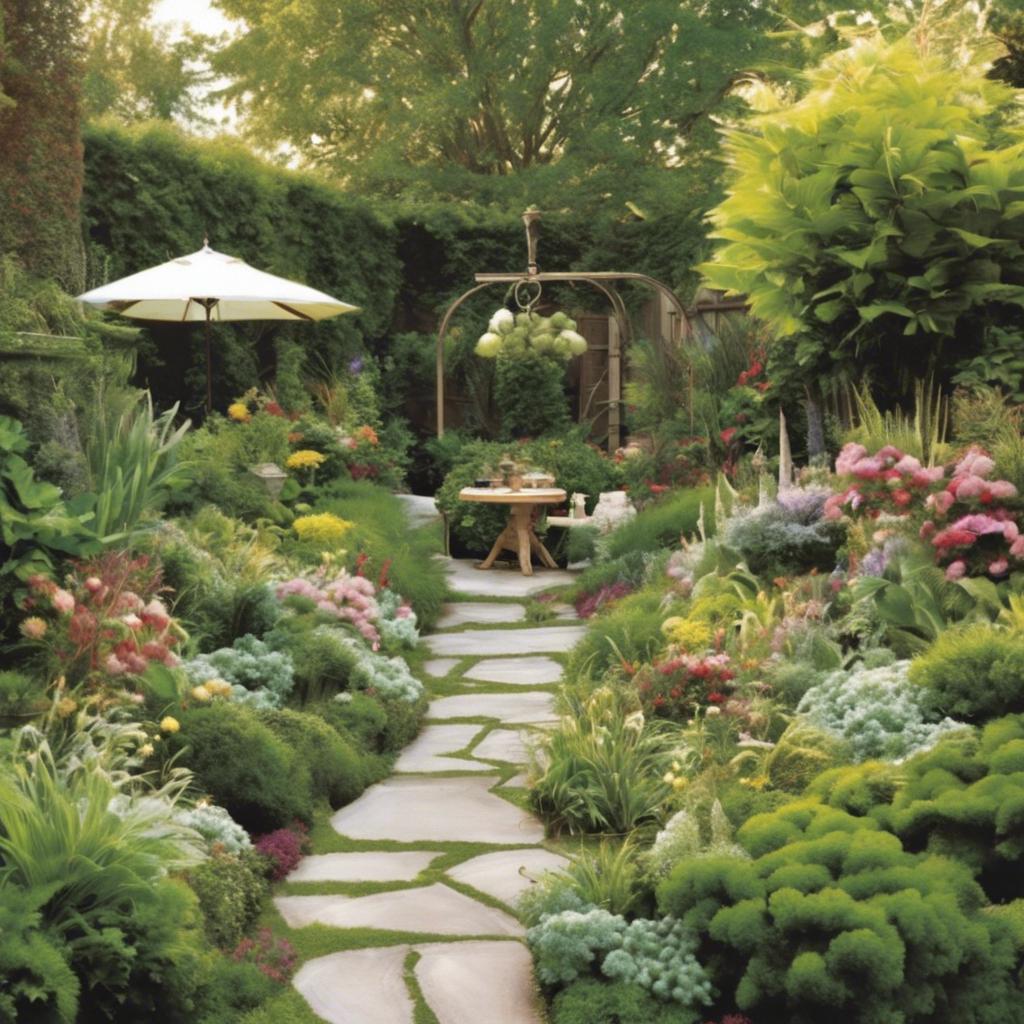
When it comes to transforming a small garden into a vibrant oasis, plant selection is key. By carefully choosing plants that bring color and texture to the landscape, you can create a pocket-sized paradise that is both visually stunning and functional. One way to achieve this is by incorporating a variety of flowering plants, shrubs, and trees that bloom at different times of the year, ensuring your garden is alive with color throughout the seasons.
For a small garden landscape, consider opting for plants that offer visual interest through their foliage as well as their blooms. This can include plants with variegated leaves, interesting shapes, and unique textures. Incorporating a mix of evergreen and deciduous plants can add depth and dimension to your garden, creating a dynamic and engaging space. Don’t be afraid to experiment with different plant combinations to find what works best for your specific garden size and sunlight conditions.
When designing a small garden landscape, it’s important to create visual balance and cohesion. This can be achieved by grouping plants together based on their colors, heights, and textures. Consider using bold accents of color to draw the eye and create focal points within the garden. Additionally, incorporating elements like pathways, seating areas, and decorative features can help to define different areas of the garden and make the space feel larger and more inviting.
Designing a Functional Outdoor Living Area in Your Small Garden Landscape
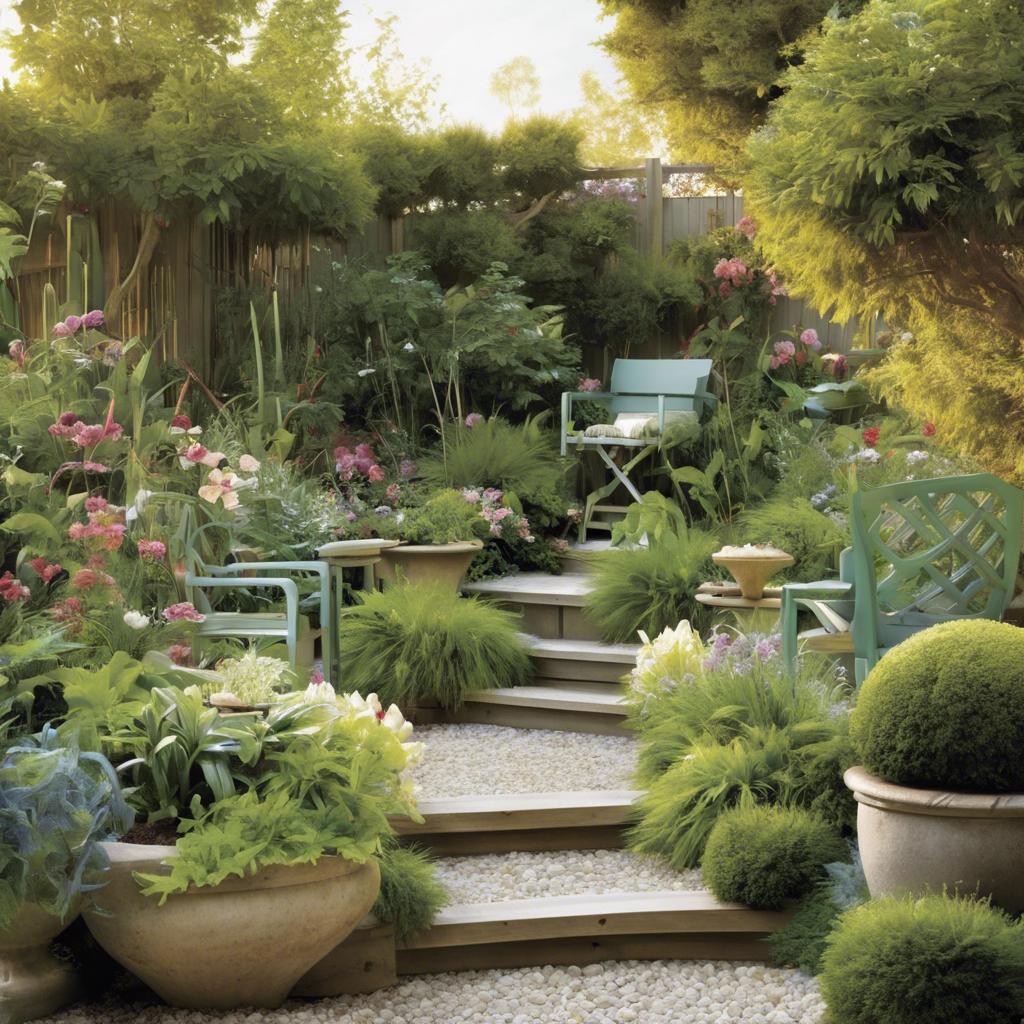
Creating a functional outdoor living area in a small garden landscape requires careful planning and design. One key aspect to consider is maximizing the use of vertical space. Utilize trellises, hanging planters, and wall-mounted shelves to add greenery and create a cozy atmosphere without taking up precious floor space.
Another important factor to keep in mind is choosing multi-functional furniture pieces. Opt for foldable tables and chairs that can easily be stored away when not in use, or consider investing in benches with hidden storage compartments. This way, you can make the most out of your limited space while still having a comfortable seating area for relaxing or entertaining guests.
In addition to furniture and décor, lighting plays a crucial role in transforming your small garden into a welcoming outdoor retreat. Incorporate fairy lights, solar-powered lanterns, and LED candles to create a warm ambiance during the evening hours. Strategically placed outdoor lighting can also highlight key features of your garden and make the space feel larger and more inviting. Remember, with a little creativity and strategic planning, even the tiniest outdoor space can become your very own pocket-sized paradise.
Enhancing Privacy in Small Garden Landscapes with Strategic Planting
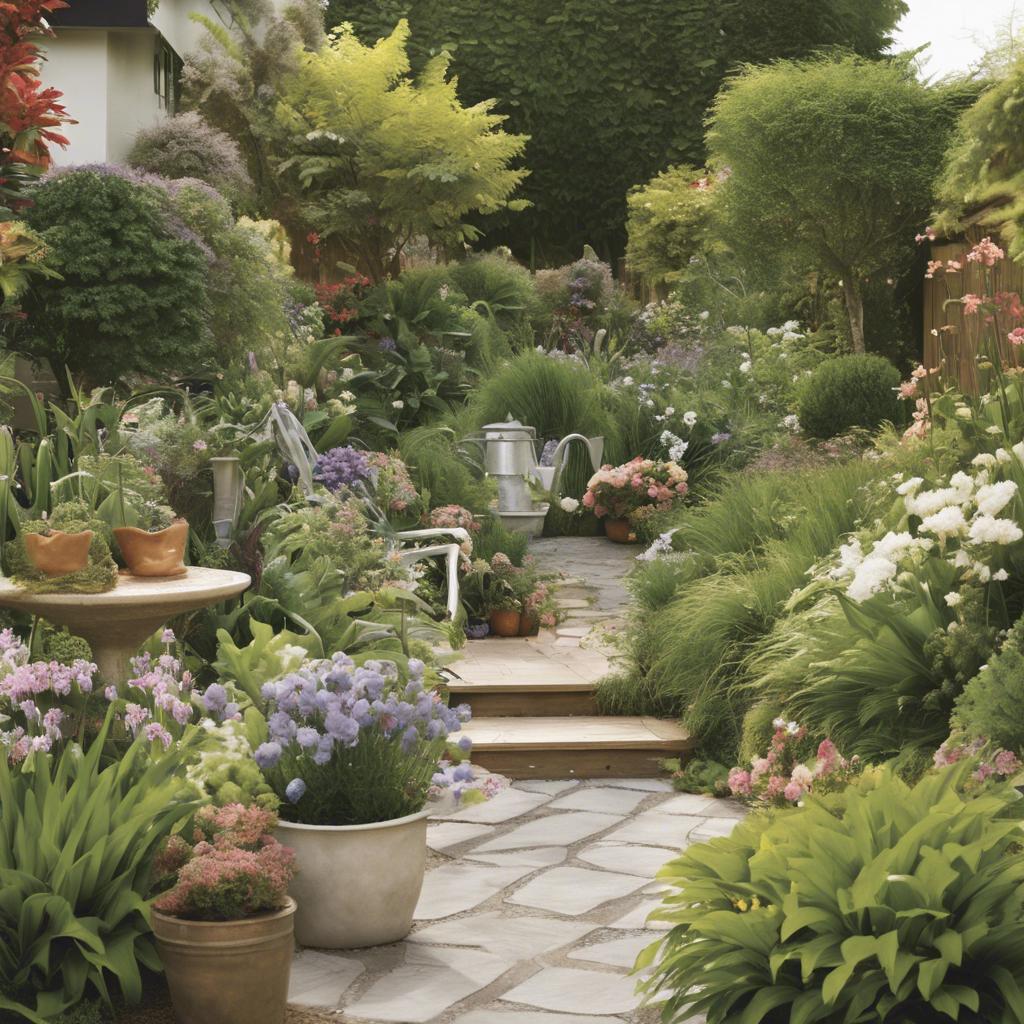
When it comes to small garden landscapes, privacy is often a top priority for homeowners looking to create their own pocket-sized paradise. With strategic planting, you can enhance privacy in your small garden while also adding beauty and functionality to the space. By carefully selecting and placing plants, you can create natural barriers that block out unwanted views and create a sense of seclusion.
One key strategy for enhancing privacy in small garden landscapes is to choose plants that grow tall and dense. Tall plants such as bamboo, evergreen shrubs, and ornamental grasses can create a visual barrier that blocks out views from neighboring properties. By strategically planting these tall plants around the perimeter of your garden, you can effectively shield your space from prying eyes and create a secluded oasis for relaxation and enjoyment.
Another effective way to enhance privacy in small garden landscapes is to layer your plantings. By creating different levels of vegetation, you can add depth and interest to your garden while also increasing privacy. Consider planting tall trees or shrubs along the back of your garden, with smaller bushes and flowers in front. This layered approach not only adds visual appeal but also creates multiple barriers that help to screen out unwanted views.
Achieving Balance and Symmetry in Small Garden Landscape Design
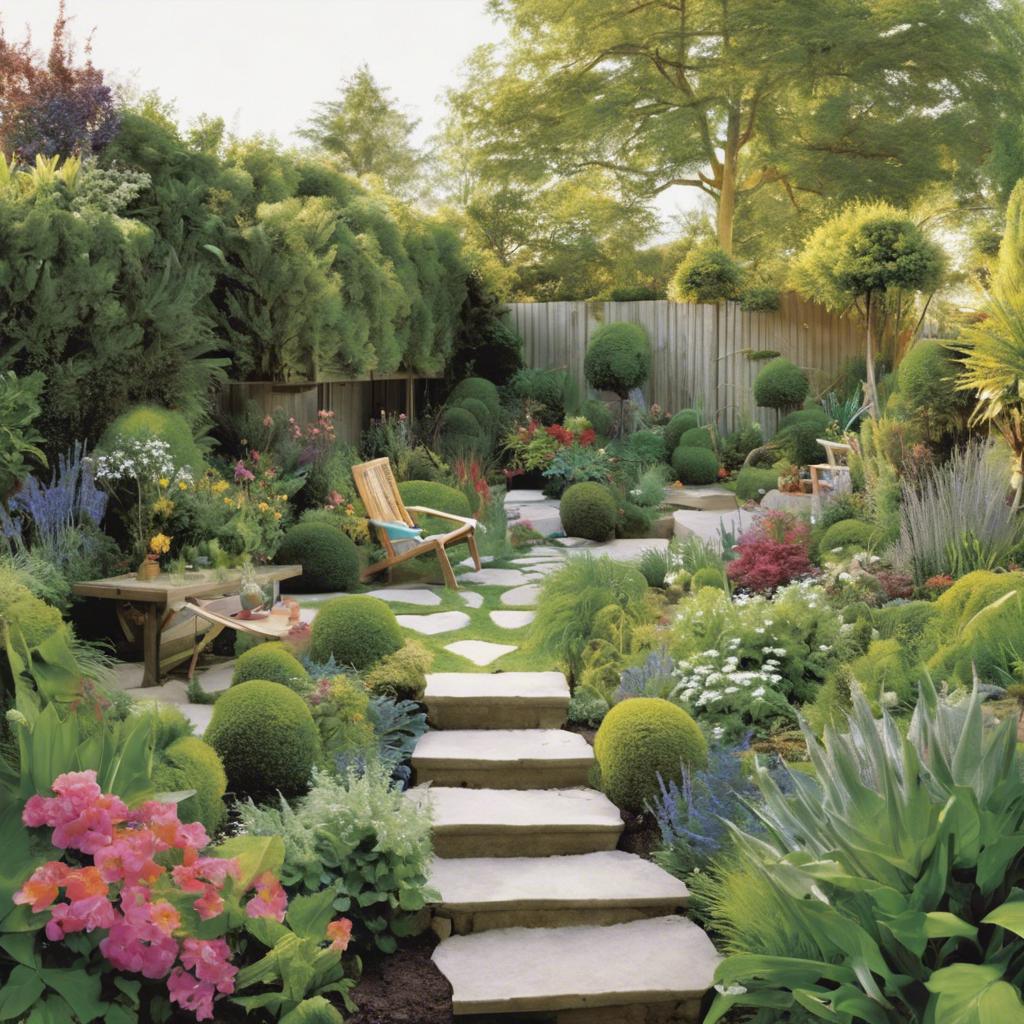
One of the most challenging aspects of small garden landscaping is achieving balance and symmetry within the limited space available. To create a harmonious and visually appealing design, it is essential to carefully plan and utilize every inch of the pocket-sized paradise. By incorporating elements such as color, texture, and scale, you can transform even the smallest of gardens into a stunning oasis.
When designing a small garden, it is crucial to create a sense of balance by strategically placing plants, hardscape features, and other elements throughout the space. Consider using the following techniques to achieve symmetry in your design:
-
- Planting symmetrical flower beds on either side of a central focal point.
-
- Using repeating patterns or shapes to create a sense of rhythm and continuity.
-
- Adding mirrors or reflective surfaces to create the illusion of more space.
Remember, less is more when it comes to small garden landscaping. Avoid overcrowding the space with too many plants or accessories, as this can create a cluttered and chaotic look. Instead, focus on selecting a few key elements that complement each other and enhance the overall aesthetic of the garden. With the right balance and symmetry, you can transform your small garden into a peaceful and harmonious retreat.
Implementing Sustainable Practices in Small Garden Landscaping
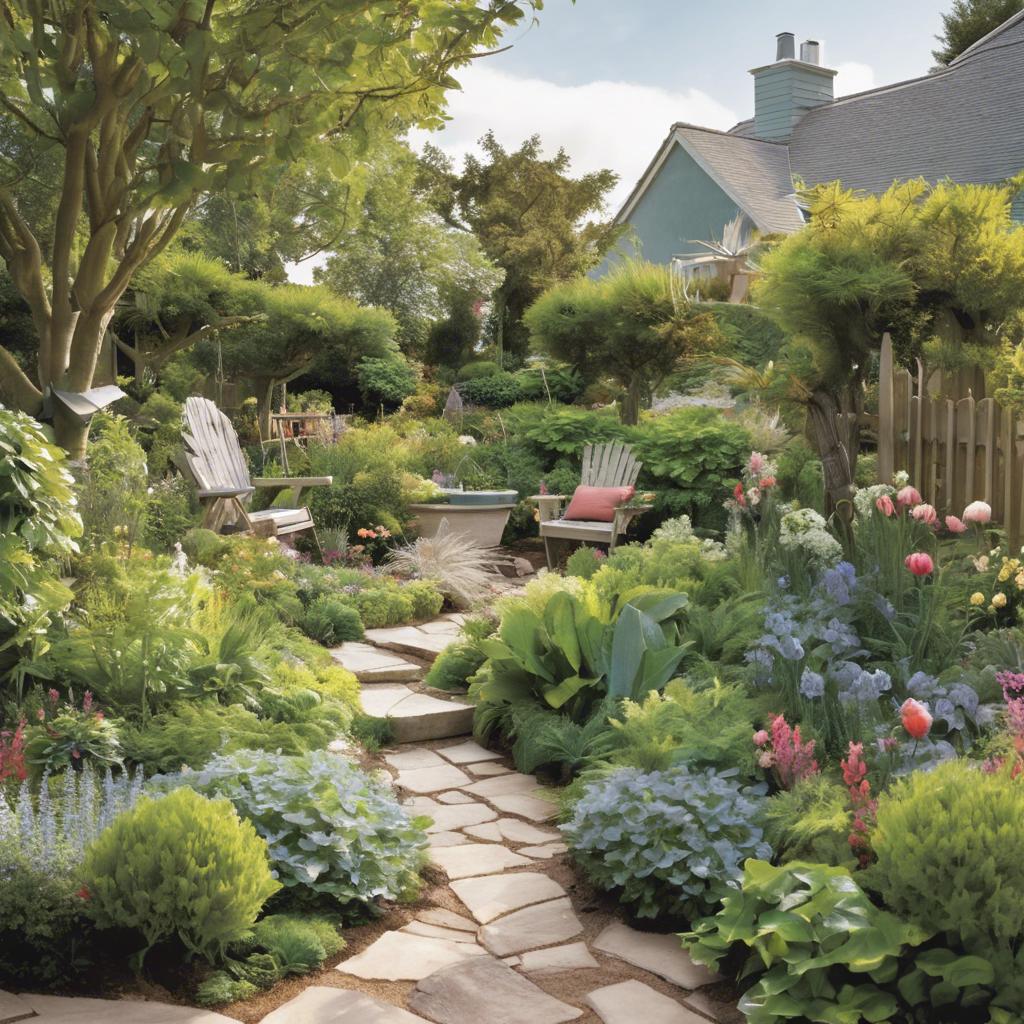
Creating a lush oasis in a small garden space is not only possible but can also be incredibly rewarding. By implementing sustainable practices in your garden landscaping, you can transform your pocket-sized paradise into a green sanctuary that is both beautiful and eco-friendly. One way to achieve this is by incorporating native plants into your garden design. Not only are native plants well adapted to your local climate and soil conditions, but they also support local wildlife and require less water and maintenance.
Another key aspect of sustainable small garden landscaping is water conservation. By using techniques such as drip irrigation and rainwater harvesting, you can reduce water waste and promote efficient water usage in your garden. Mulching is also an effective way to retain moisture in the soil and suppress weeds, ultimately reducing the need for frequent watering. Additionally, choosing permeable hardscaping materials for paths and patios can help prevent water runoff and promote groundwater recharge.
When designing your small garden, consider incorporating elements that support biodiversity and pollinators. By creating diverse habitats such as meadows, hedgerows, and insect hotels, you can attract beneficial insects, birds, and other wildlife to your garden. This not only enhances the ecological value of your space but also contributes to a thriving and balanced ecosystem. Remember, even the smallest garden has the potential to make a big impact on the environment when designed with sustainability in mind.
Q&A
Q: What are some key tips for creating a small garden paradise?
A: When it comes to small garden landscaping, maximizing space is crucial. Consider vertical gardening, using raised beds, and utilizing multi-functional furniture to make the most of your space.
Q: How can I add visual interest to my small garden?
A: Mixing textures, colors, and heights in your plant selections can help create a visually dynamic space. Incorporating elements like decorative pots, garden statues, and outdoor lighting can also enhance the overall aesthetic.
Q: What are some low-maintenance plant options for small gardens?
A: Succulents, ornamental grasses, and perennial flowers are all great choices for low-maintenance gardens. These plants require minimal watering and upkeep while still adding beauty to your outdoor space.
Q: How can I create a sense of privacy in my small garden?
A: Consider adding privacy screens, fencing, or strategically placed plants to create a secluded oasis in your small garden. Trellises with climbing vines can also help add privacy while adding a decorative touch.
Q: What are some creative ways to incorporate seating in a small garden?
A: Opt for space-saving options like foldable chairs, built-in benches, or multi-functional furniture that can double as seating. Hanging swing chairs or hammocks can also provide a cozy seating area without taking up valuable space.
